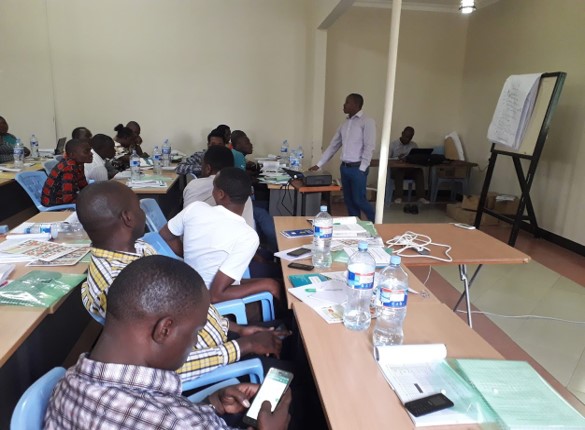A Tanzanian National Malaria Strategic Plan 2015-2020 outlines a long-term vision of a society free from malaria. And While Tanzania makes steady progress towards malaria elimination, there is paramount importance that policy makers get access to good quality data to inform programmatic decisions.
Hosted by the DHIS2, an electronic Integrated Disease Surveillance and Response (eIDSR) system was developed to report weekly on 10 outbreak-prone diseases.
The system was piloted in 67 health facilities in 2013 and has since then been scaled up to 7,138 health facilities in November 2018.
A study aimed to describe the trends of completeness and timeliness of reports submitted through eIDSR was conducted to measure malaria stratification. While completeness was defined as the proportion of reports submitted over the expected number of reports within a week; timeliness was then defined as proportion of reports submitted by Monday over the expected number of reports within a week.
Overall, the completeness of reporting increased from 51.1% (20,452/40,040) in 2014 to 66.6% (239,715/359,736) in 2018, and timeliness increased from 25.4% (10,187/40,040) in 2014 to 41.4% (149,022/359,736) in 2018. Reporting completeness and timeliness in 2018 varied by malaria prevalence, with completeness significantly higher in areas of very low prevalence compared to areas with high prevalence (90.1% vs 60.9%; p<0.0001) and timeliness significantly higher in areas of very low prevalence (60.5% vs 38.5%; p< 0.001).

One of the Training session for eIDSR in Shinyanga region July 2018, Tanzania (Photo by Joseph JJ)
Reporting completeness and timeliness varied with malaria stratification, with completeness and timeliness highest in areas of very low transmission (for 2018, completeness: 90.1%, timeliness: 60.5%) and lowest in moderate transmission areas (for 2018, completeness: 57.6%, timeliness: 36.2%).
Complete and timely reporting of malaria cases is crucial to detect and mitigate malaria outbreaks. Currently, eIDSR is reporting weekly aggregate malaria cases and there would be potential to use eIDSR for case-based surveillance in the areas of low to very low malaria transmission. For the eIDSR system do be effective in detecting and mitigate malaria outbreaks, completeness and, particularly, timeliness of reporting will have to be continuously improved.